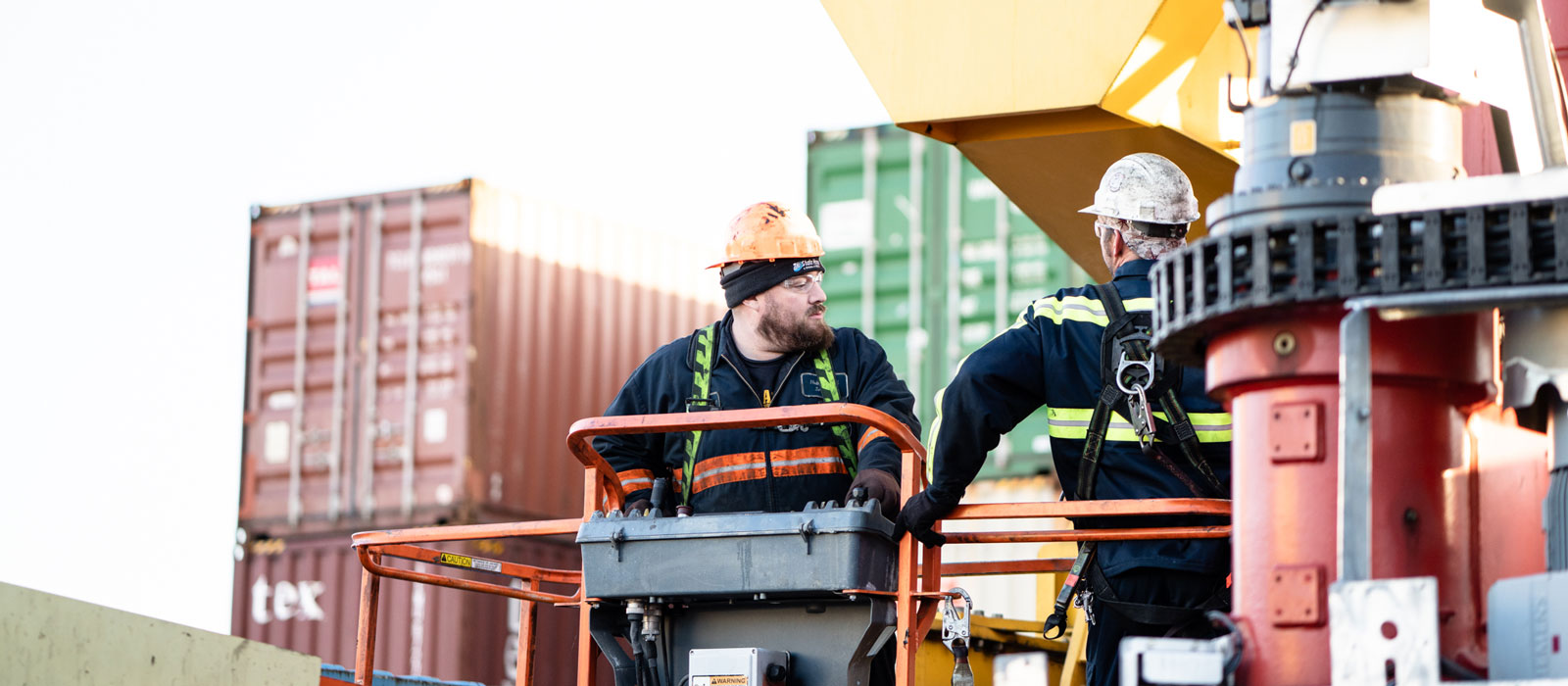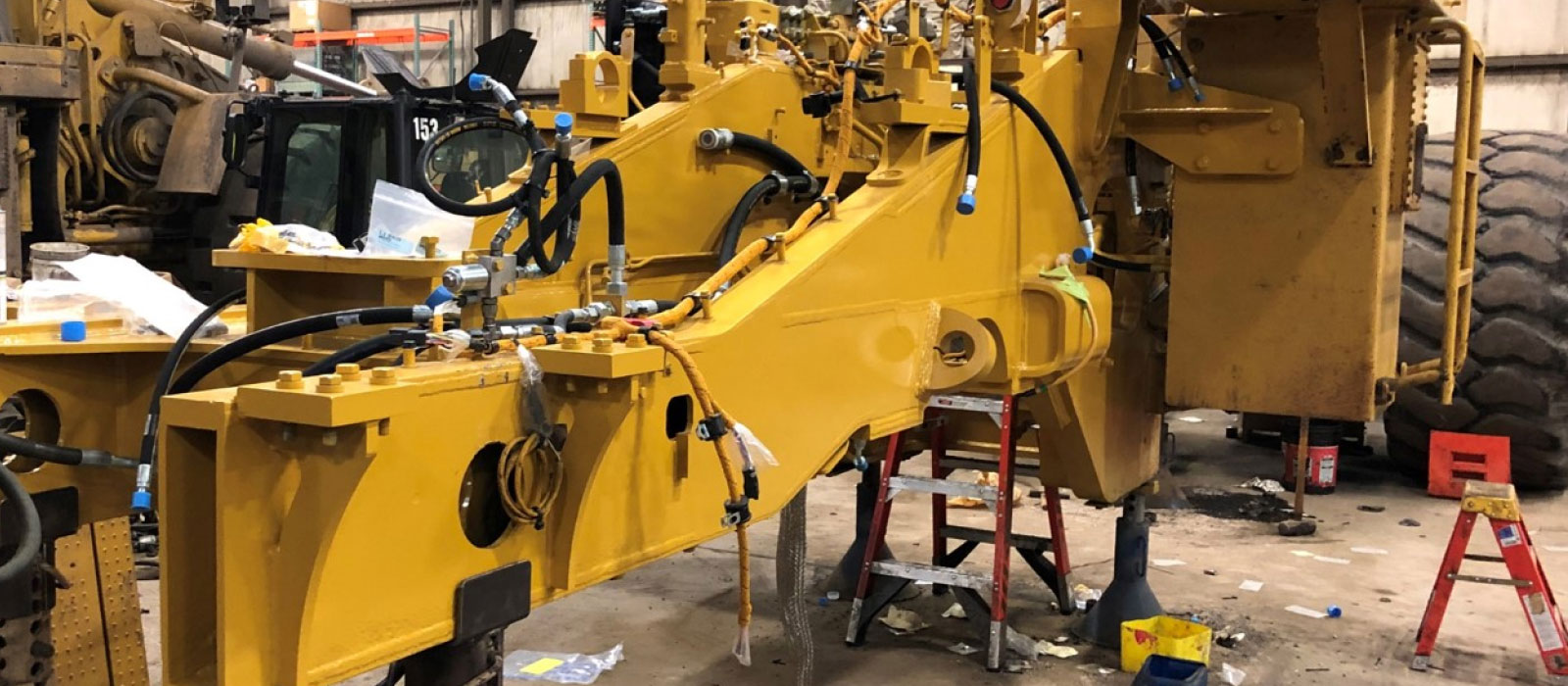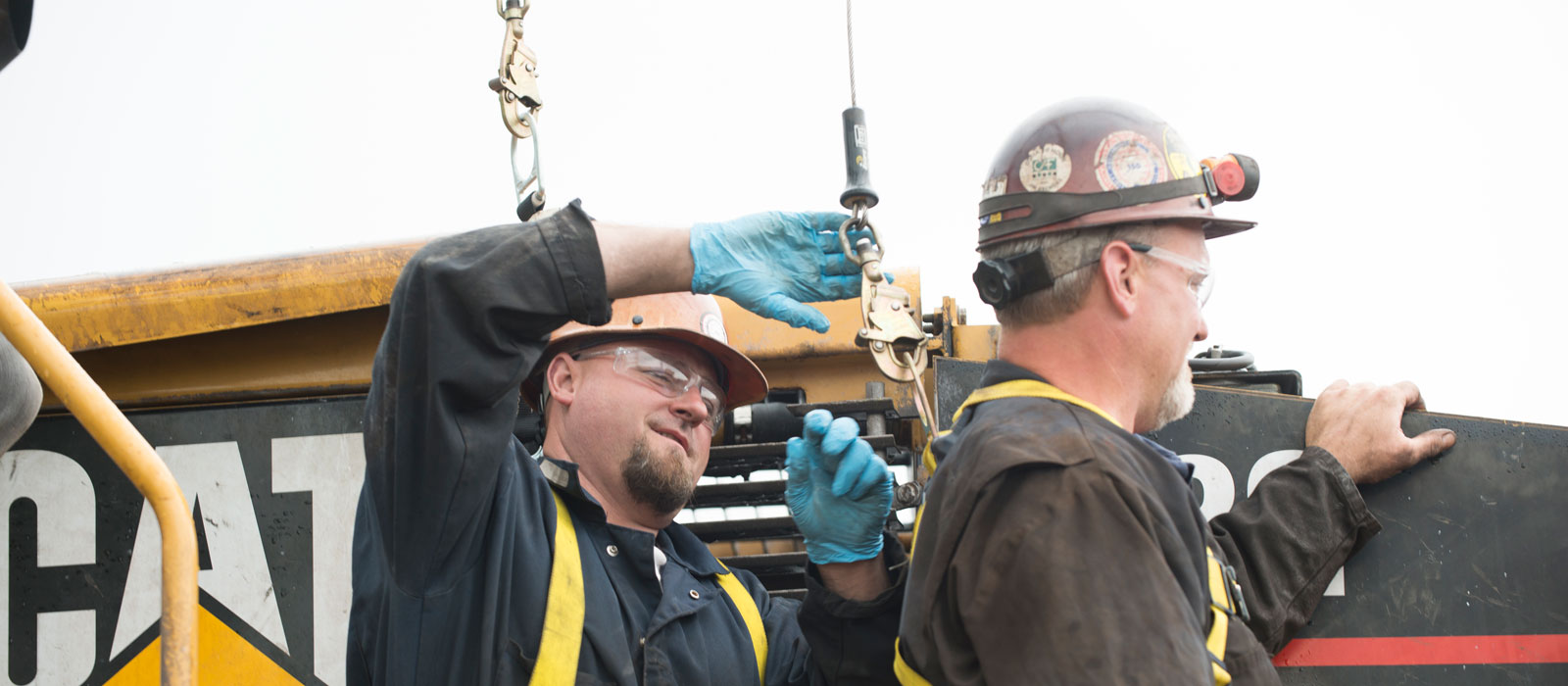Working in hazardous environments day in and out requires that everything we do start with safety. Not only are industry-specific safety training and the latest PPE provided, but new tools and systems are created to make our work even safer than what the law and our customers require.

We provide all of our people with the training required by the different federal administrations we work under, as well as training geared specifically to each task we perform. Regardless of prior experience, we train and verify that each new team member can work safely in the field and our shops.

Our procedures for equipment operators address every OSHA standard, including personal protective equipment such as hard hats, eye protection, heavy-duty work gloves, ANSI-approved protective footwear, chemical protective gloves, respiratory protection, and noise protection.

We often fabricate or order special tools and devices to increase the safety of our team. Whether it’s fall protection systems above large machines in our shop or custom-built hooks for maneuvering equipment while lifting, we’re always on the lookout for better ways to work safely.

Beyond all the training and tools, we reinforce a culture of caring for one another company wide. Not only is everyone in charge of themselves, but also those around them, including our customers.

We’re always looking to improve ways to increase the safety of our team. The addition of several mobile fall protection systems is one way we’ve done this. These units allow us to set up OSHA/ANSI compliant anchorage points on just about any worksite for extra protection.
Looking to work with a dedicated team of heavy-equipment experts who will always have your back? As we grow our business, we’re always looking for more motivated problem-solvers ready to get their hands dirty to serve our customers.


Steel Mill Application (SMA) Front-End Loaders have the base of a tried and tested design with a reinforced frame, cab, and components in order to operate and handle molten steel and blast furnace slag. Designed to protect the operator and reduce the risks when handling molten slag, the front-end loader cab is fitted with impact- and heat-resistant glass. There is also a closed HVAC system to prevent the introduction of gases created when handling the molten slag.
The Straddle Carrier increases productivity for the customer by eliminating the use of flatcars to transport slabs throughout the mill. This asset decreases the number of times the slabs are handled by providing the ability to drive directly over top of the slabs, picking them up, and transporting them directly to the location of the customer’s needs. These machines can also pick and sort through slab piles, selecting specific slabs for their orders, and achieving just in time delivery.
The Pot Carrier is constructed to lift and carry a slag pot designed to the specific capacity of the steel maker’s furnace. It also provides the operator with additional safety features in an effort to further reduce the hazards and to allow for ease of handling and transporting the slag pot to an engineered dumping station.
The prime mover, or tractor, utilizes a scraper design and then updates the operator’s cab with the ability to face in the direction of operation. This improves visibility and increases productivity.
With a modified or purpose-built spreader replacing the container spreader, we hang magnets for slab handling and C-hooks or coil tongs for coil movements. When handling hot slabs, purpose-built slab tongs can withstand temperatures up to 1,100 degrees F are attached. Typical lifting capacity under the lifting device can range from 35 to 50 tons depending on attachment weight and configuration. However, there are manufacturers that are now building Reach Stackers with significantly more lifting capacity. As capacity goes up, maneuverability due to increased wheelbase goes down.
The first Continuous Transport System Bulk supplied to a customer was in 1999. This replaced multiple heavy-duty tractors and trailers along with the labor support required to operate the trucks. Not only were we able to save our customer significant expense by moving from multiple trucks, trailers and drivers to one single machine with one operator, but we were also able to decrease the carbon footprint by burning significantly less fuel while accomplishing the same or more productivity.